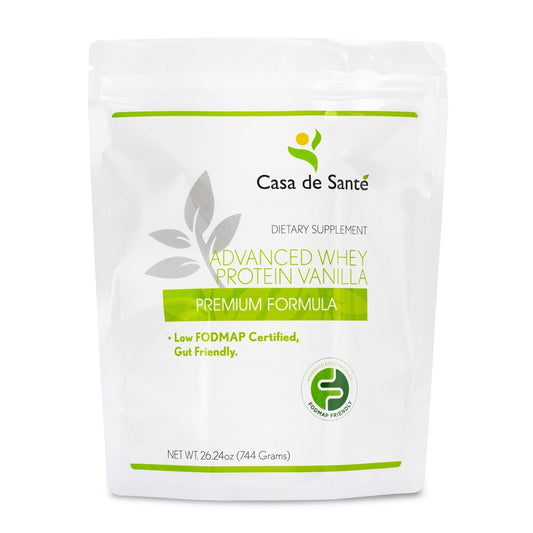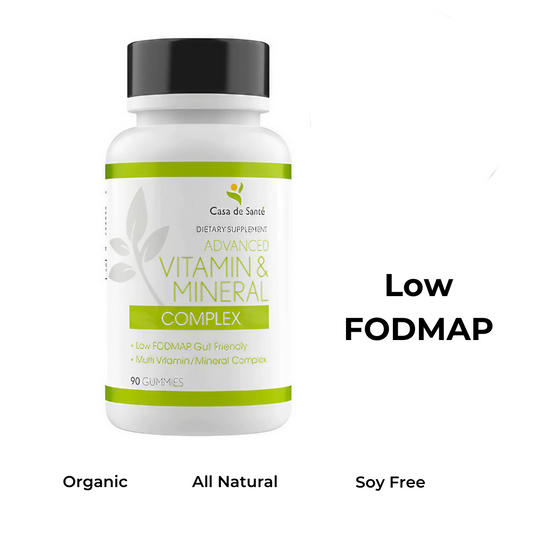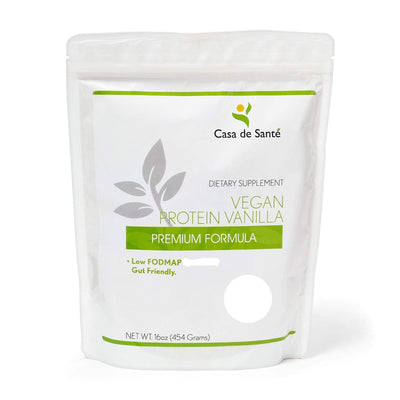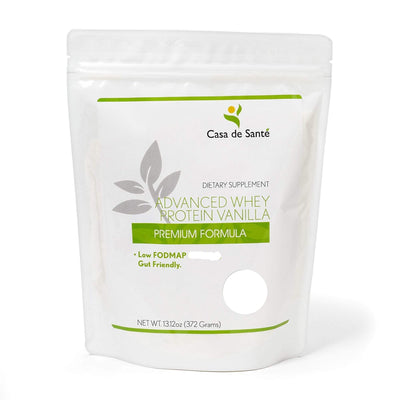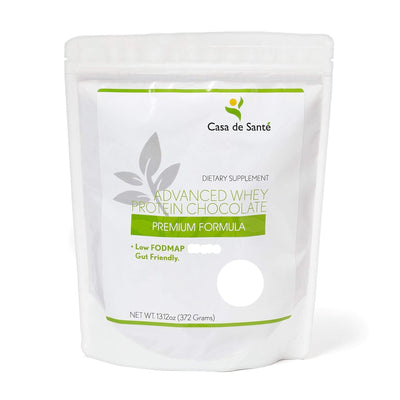Which Squash Varieties Are Low in FODMAPs? A Complete Guide
Which Squash Varieties Are Low in FODMAPs? A Complete Guide
For those following a low FODMAP diet to manage irritable bowel syndrome (IBS) or other digestive disorders, navigating the world of vegetables can be particularly challenging. Squash, with its numerous varieties and seasonal availability, often raises questions about which types are safe to enjoy without triggering symptoms. This comprehensive guide will help you identify which squash varieties are low in FODMAPs and how to incorporate them deliciously into your gut-friendly meal plan.
Understanding FODMAPs and Why They Matter
FODMAPs (Fermentable Oligosaccharides, Disaccharides, Monosaccharides, and Polyols) are types of carbohydrates that can be poorly absorbed in the small intestine. When these carbohydrates reach the large intestine, they can be fermented by gut bacteria, producing gas and drawing water into the bowel, which may trigger symptoms like bloating, abdominal pain, and altered bowel habits in sensitive individuals.
The low FODMAP diet, developed by researchers at Monash University in Australia, has become a first-line dietary approach for managing IBS symptoms. This diet involves temporarily reducing high FODMAP foods and then systematically reintroducing them to identify personal triggers. Squash varieties vary significantly in their FODMAP content, making it essential to know which ones are safe during the restriction phase.
Low FODMAP Squash Varieties
Butternut Squash (with Portion Control)
Butternut squash is one of the most popular winter squash varieties, known for its sweet, nutty flavor. According to Monash University's FODMAP testing, butternut squash is low in FODMAPs at servings of 1/4 cup (45g) cubed. This means you can enjoy butternut squash in moderation on a low FODMAP diet. However, larger portions (more than 80g) contain moderate to high amounts of FODMAPs, particularly fructans and GOS (galacto-oligosaccharides).
When incorporating butternut squash into your low FODMAP meals, portion control is key. A small amount can add flavor, color, and nutrients to your dishes without triggering symptoms. Roasting small cubes of butternut squash with olive oil and herbs makes for a delicious side dish or salad topping that stays within the safe serving size.
Kabocha (Japanese Pumpkin)
Kabocha squash, also known as Japanese pumpkin, has been tested by Monash University and is considered low FODMAP at servings of 1/2 cup (75g). With its exceptionally sweet flavor and fluffy texture similar to a cross between a sweet potato and pumpkin, kabocha is a versatile option for low FODMAP cooking.
This squash variety works beautifully in soups, stews, and curries. Its natural sweetness means it requires minimal seasoning, making it perfect for simple roasted side dishes. The skin is also edible when cooked, providing additional fiber and nutrients.
Spaghetti Squash
Spaghetti squash is a true gift for those on a low FODMAP diet. This unique winter squash produces long, pasta-like strands when cooked, making it an excellent low-carb alternative to traditional pasta. According to FODMAP testing, spaghetti squash is low in FODMAPs at servings of 1/2 cup (75g) cooked.
For those missing pasta dishes on a low FODMAP diet, spaghetti squash can be topped with low FODMAP pasta sauces or simply tossed with olive oil, safe herbs, and a sprinkle of Parmesan cheese (which is naturally low in lactose). It's also a great base for grain-free casseroles and bakes.
Zucchini/Courgette
Zucchini, a summer squash variety, is low FODMAP at servings of 1/3 cup (65g) according to Monash University testing. This versatile squash can be enjoyed raw or cooked in numerous ways, from spiralized "zoodles" to grilled side dishes.
The mild flavor of zucchini makes it an excellent vehicle for other flavors in your cooking. It can be incorporated into stir-fries, frittatas, and baked goods like low FODMAP zucchini bread. Just be mindful to stick to the recommended portion size, as larger amounts can become moderate in FODMAPs.
High FODMAP Squash Varieties to Limit or Avoid
Butternut Squash (Large Portions)
While small portions of butternut squash are low FODMAP, larger servings (more than 80g) contain significant amounts of FODMAPs. During the strict elimination phase of the low FODMAP diet, it's best to carefully measure your butternut squash to ensure you're staying within the safe serving size of 1/4 cup (45g) cubed.
If you've completed the reintroduction phase and found that you can tolerate fructans or GOS, you might be able to enjoy larger portions of butternut squash without symptoms. This personalization is one of the key benefits of completing the full three-phase FODMAP protocol rather than staying in the restriction phase indefinitely.
Acorn Squash
Acorn squash has not been specifically tested by Monash University, but it's generally considered higher in FODMAPs based on its carbohydrate content and similarities to other winter squash varieties. Until specific testing is available, it's recommended to approach acorn squash with caution during the elimination phase of the low FODMAP diet.
If you've successfully reintroduced some FODMAP groups and want to try acorn squash, start with a very small portion (about 1/4 cup) and monitor your symptoms. Everyone's tolerance is different, and some people may be able to include small amounts without issues.
Pumpkin (Depending on Type)
The FODMAP content of pumpkin varies significantly depending on the variety. According to Monash University testing, Japanese pumpkin (kabocha) is low FODMAP in 1/2 cup (75g) servings, while butternut pumpkin (another name for butternut squash in some regions) is only low FODMAP in smaller 1/4 cup (45g) servings.
Canned pumpkin presents another consideration. Plain canned pumpkin (without added ingredients) is typically low FODMAP in 1/3 cup servings, making it a convenient option for baking and cooking. However, pumpkin pie filling or flavored pumpkin products often contain high FODMAP ingredients like high fructose corn syrup or inulin, so always check labels carefully.
Cooking with Low FODMAP Squash
Preparation Tips
Preparing squash, especially winter varieties with tough skins, can sometimes be challenging. To make the process easier, consider microwaving hard squash for 2-3 minutes before cutting to soften the skin slightly. Always use a sharp, sturdy knife and a stable cutting board to prevent accidents.
For portion control, which is essential for FODMAP management, consider using a kitchen scale to measure your squash accurately. You can also prepare larger batches and freeze individual portions for convenient use in future meals. This approach works particularly well for butternut squash, where precise portioning is necessary to keep it low FODMAP.
Low FODMAP Squash Recipe
Roasted Spaghetti Squash with Herb-Infused Olive Oil
A simple yet delicious way to enjoy the natural flavors of low FODMAP spaghetti squash.
Ingredients:
- 1 medium spaghetti squash
- 2 tablespoons garlic-infused olive oil
- 1 tablespoon fresh rosemary, finely chopped
- 1 tablespoon fresh thyme leaves
- 1/2 teaspoon salt
- 1/4 teaspoon freshly ground black pepper
- 2 tablespoons grated Parmesan cheese (optional)
Instructions:
- Preheat your oven to 400°F (200°C).
- Cut the spaghetti squash in half lengthwise and scoop out the seeds.
- Brush the cut sides with half of the garlic-infused oil and season with salt and pepper.
- Place the squash cut-side down on a baking sheet and roast for 30-40 minutes, until the flesh is tender and can be easily pierced with a fork.
- While the squash is roasting, combine the remaining garlic-infused oil with the fresh herbs in a small bowl.
- Once the squash is cooked, use a fork to scrape the flesh into spaghetti-like strands.
- Toss the squash strands with the herb-infused oil and top with Parmesan cheese if using.
- Serve immediately as a side dish or as a base for your favorite low FODMAP sauce.
Prep Time: 10 minutes
Cook Time: 40 minutes
Yield: 4 servings (ensure you stick to 1/2 cup portion per serving to keep it low FODMAP)
Cuisine: Mediterranean-Inspired
Nutritional Support for Digestive Health
While incorporating low FODMAP squash varieties into your diet is beneficial, some individuals with digestive issues may need additional support. Casa de Sante offers a range of low FODMAP certified products that can complement your diet and support gut health. Their digestive enzymes can be particularly helpful when introducing new foods or eating in situations where you're less certain about FODMAP content, while their probiotic and prebiotic supplements can help maintain a healthy gut microbiome during the restrictive phases of the FODMAP diet.
For those who find meal planning challenging, Casa de Sante's personalized low FODMAP meal plans can take the guesswork out of creating balanced, symptom-friendly meals that incorporate safe squash varieties in appropriate portions. Their gut-friendly protein powders can also be a convenient way to ensure adequate protein intake while managing digestive symptoms.
Conclusion
Navigating the world of squash on a low FODMAP diet doesn't have to be overwhelming. By focusing on safe varieties like spaghetti squash, zucchini, and properly portioned butternut and kabocha squash, you can enjoy the nutritional benefits and delicious flavors these vegetables offer without triggering digestive symptoms.
Remember that FODMAP tolerance is highly individual, and the ultimate goal of the low FODMAP diet is to identify your personal triggers while expanding your diet as much as possible. After completing the elimination and reintroduction phases with the guidance of a healthcare professional, you may find you can include more varieties or larger portions of squash in your long-term eating plan.
With the right knowledge and careful preparation, squash can be a nutritious, versatile, and delicious addition to your low FODMAP lifestyle, providing essential nutrients and culinary satisfaction while supporting your digestive health journey.








